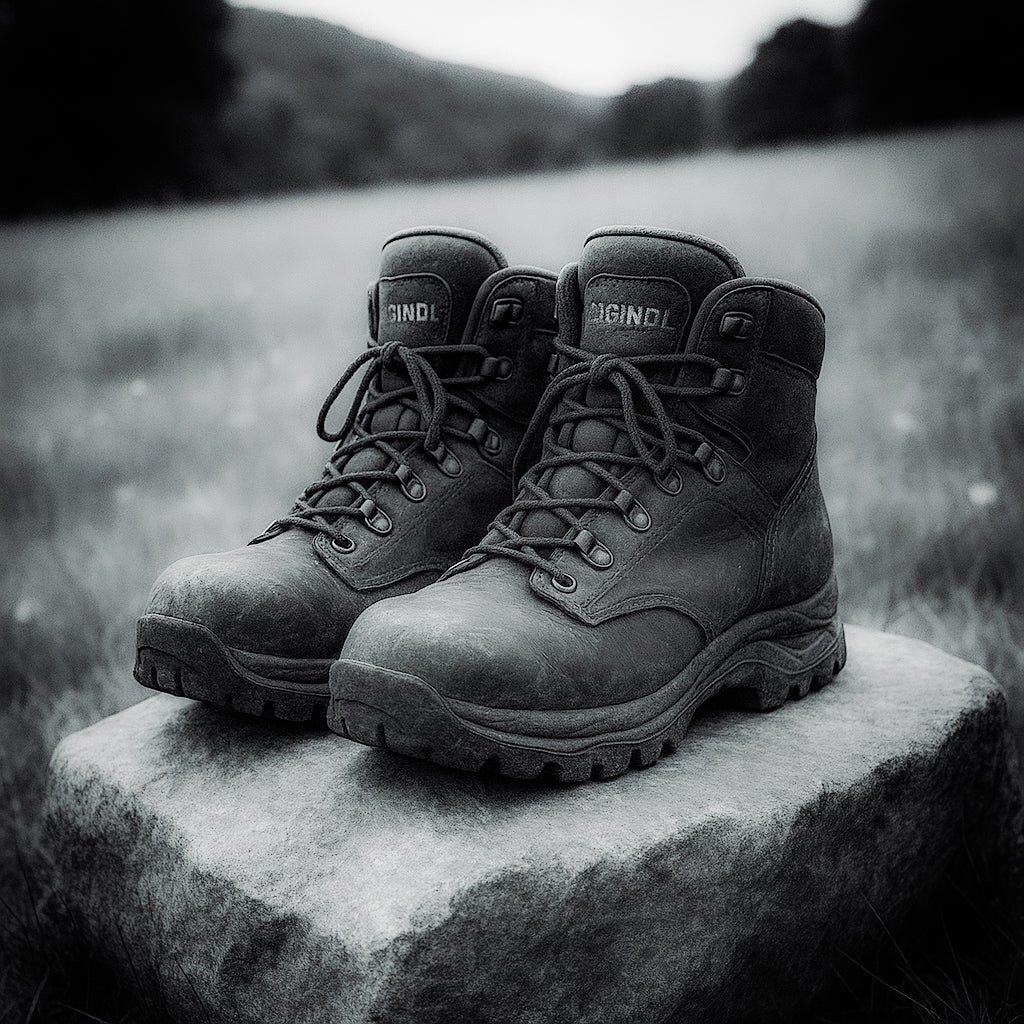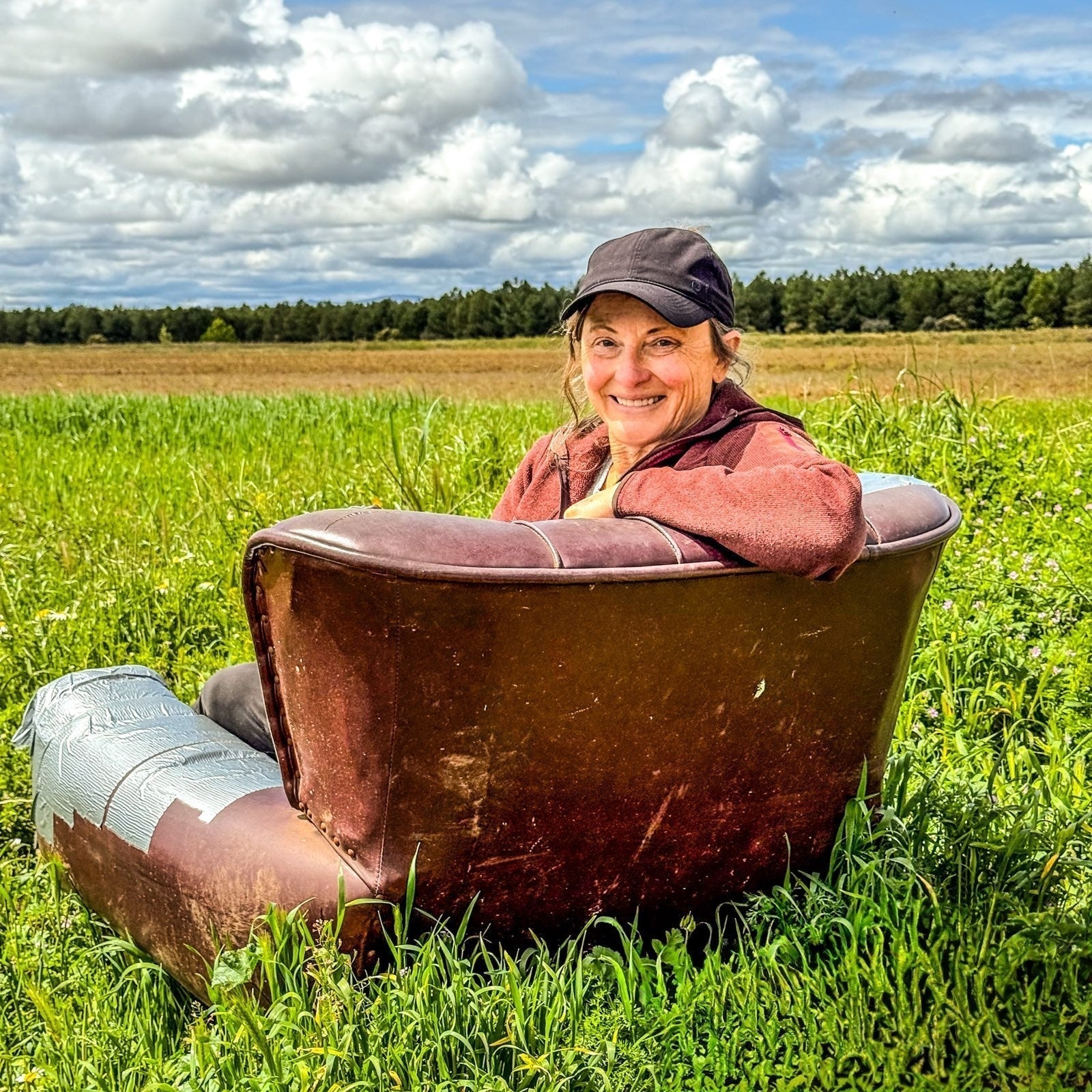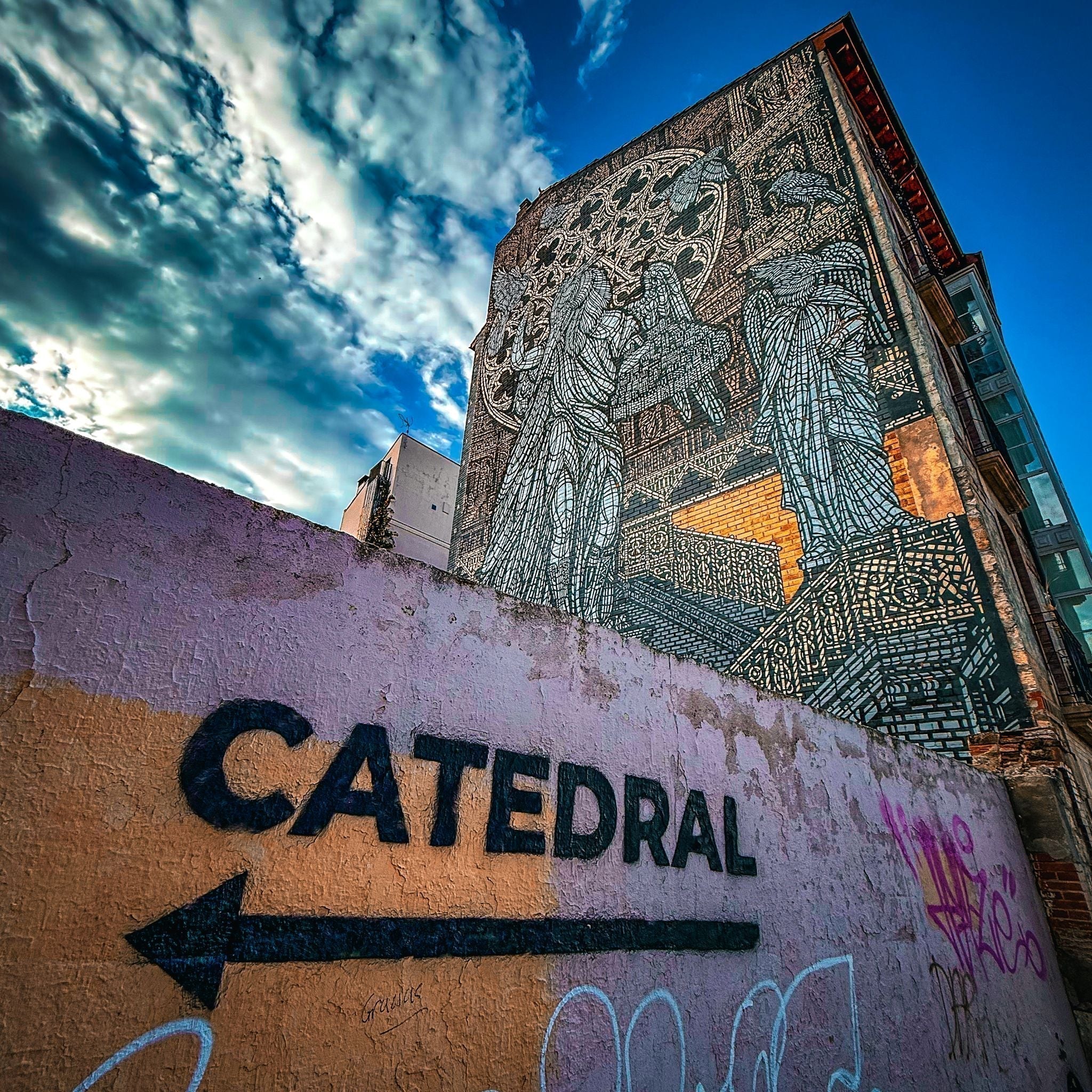
One Foot After the Other Requires the Right Shoe (and the Left)
Share
A friend of mine lives by the “fashion first, safety second” mantra. Doubtful he will ever walk the Camino. Your shoes will carry you hundreds of kilometers across changing terrain—paved streets, rocky paths, forest trails, and everything in between. If you are looking to finish with minimal blistering and no shin splints, be sure to choose your footwear carefully. There is no single “best” shoe for the Camino, but there is a best shoe for you.
Hiking boots offer ankle support and are designed for rugged terrain. They’re ideal for people who carry heavier packs or are prone to ankle instability. They provide protection from water, rocks, and uneven ground, making them a solid choice for spring or autumn Caminos that may be rainy or muddy. However, they’re heavier, take longer to break in, and can run hot in summer. I wore my Merrills on the Wainwright and the Portuguese Coastal and started with them on the Camino Frances.
But I noticed a much greater percentage of Pilgrims in trail shoes as we settled in to the hike. Lightweight and breathable, they’re great for long distances and dry, warm weather. They cushion your steps and dry quickly after rain. They don’t offer as much ankle support, so they’re best for those confident in their footing and carrying lighter packs. I had left my Hokas at home, but when my blisters became a real problem despite my daily Compeed treatment, I stopped at Decathlon in Burgos, where an extremely helpful sales rep guided me to a new pair—different style--that made a world of difference.
Whatever style you choose, fit is everything. Shoes that are even slightly too small can lead to black toenails, blisters, and discomfort that may take some real meditative energy to overcome. Camino veterans often recommend buying a half to a full size larger than normal to allow for swelling, which is common during long days on foot. Your toes should have room to wiggle, and your heel should feel secure without slipping. When I developed shin splints after speeding through some hills in a thunderstorm faster and longer than I thought possible, I met with a physiotherapist in Leon who recommended my next pair might be Altras, as they have a wide toebox.
Break your shoes in well before you hit the trail—ideally on varied terrain. What I heard most from tired Pilgrims who are in shape from other endurance endeavors was that they didn’t train on the combination of pavement and field and gravel and mud and steep hills and flat. And they didn’t do it day after day after day after day. But don’t fret if you need to switch to a new pair on the trail. The wide variety of outfitters along the trail—and the many sets of abandoned shoes hanging from trees-- is a testament to the fact that plenty of Pilgrims have changed their footwear plans as they hiked.
You will also want to avoid grabbing some random pair of socks as you leave for St. Jean. Experiment with the combination that works for you. I am a freak about comfortable socks. I am still working for the perfect combo for me. I have hiked a long way with liners and DarnTough socks. I have tried socks with toes, liners with toes. The same cheerful soul who set me up with the Hokas in Burgos sold me two pairs of Lurbel BMax socks—wow. I will be buying more pairs in the future.
For an extra dose of protection, I put Vaseline all over my feet and toes before putting on my socks. A wise physiotherapist told me I could never apply too much. Despite all that, I still seem to get blisters, so I swear by Compeed. I have not found any other brand that comes close. My Australian friend Jenny swears by Dr. Scholl’s gel toe protectors. I am trying them out before we start our next hike.
As comfy as my shoes and socks felt by the time I got the right combo, I still couldn’t wait to get out of them at the end of the day. I brought my Birkenstocks along to put on as soon as we were finished walking each day. My toes loved the fresh air. Many albergues have storage areas for drying shoes as you enter, so it’s great to have your “down time” footwear easy access when you arrive.
Your feet will carry you to Santiago. Choosing the right shoes—and socks-- is the first step toward making that journey a joyful one. Eric’s choices for both shoes and socks do not match mine. Different people. Different feet. Listen to other hikers’ advice for starters, but in the end, you need to listen to your body. Long story short, keep looking until you find what works for you.



